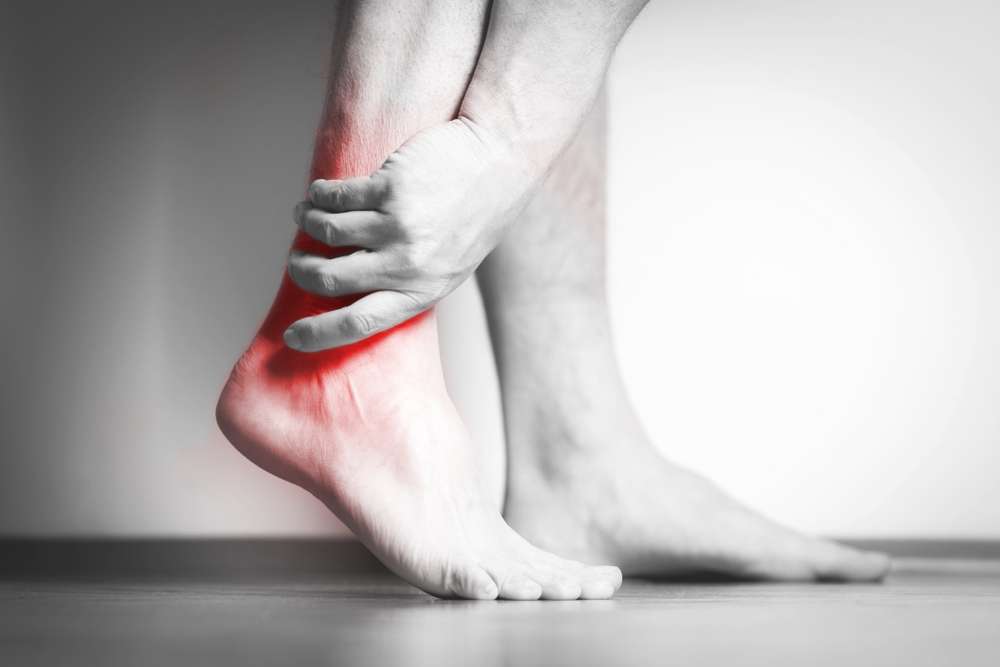No matter how and where you wear them, high heels should be worn in moderation.
One look at an Egyptian-type foot is enough to understand why many plantar and joint pains are attributed to this type of footwear.
Do you still have doubts? Here are 4 long-term effects of wearing high heels.
An overall change in posture
Since the feet are directly responsible for balance, the rest of the body can suffer if they don’t have the support they need.
Muscles and joints have to cope with an almost constant imbalance, therefore they have to adapt accordingly.
This paves the way for disorders such as:
- Back pain;
- Decreased bone density;
- Neck pain;
- Lumbar lordosis;
- Joint pain in the ankles, hips, and knees.
Musculoskeletal pain
Musculoskeletal pain is one of the side effects of wearing high heels that is closely related to poor posture.
Several conditions can be at the root of the pain affecting those who wear high-heeled shoes:
- Plantar fasciitis;
- Metatarsalgia;
- Hammertoes;
- Heel spur;
- Heel fracture;
- Bursitis;
- Ingrown nail;
- Stress fracture.
A foot with an arch that is already deformed will suffer more damage from wearing high heels regularly.
Thus, a person with flat or cavus feet will see their feet weakened even further due to the pressure that the shoes exert.
Less fluidity in movement
Since the lack of arch support stiffens the foot, the movements of the ankle, hip, and knees become hindered.
Because of this, a person who has worn high heels for a long time is likely to notice the following negative effects on their movements:
- Balance problems: Since the heels of high heels have a reduced point of contact with the ground, loads cannot be distributed evenly.
- Loss of range of motion: Because these shoes strain muscles and ligaments in unusual ways, they contract and reduce the ankle’s range of motion.
Foot bunion
Although a stiletto heel is not a direct cause of bunion, it can definitely be an aggravating factor.
Heeled shoes often have toe caps that squeeze the toes and forefoot together, therefore they are more prone to strain.
Podiatrists will usually suggest the following therapeutic solutions to relieve the bunion:
- Manual foot therapy;
- Targeted exercises or stretches;
- Custom-made foot orthoses;
- Cortisone injection;
- Surgical intervention.
How to reduce the long-term effects of high heels?
Minimizing the time you wear high heels is the best way to ward off their negative effects.
However, if your professional environment requires you to wear such shoes, this task can prove to be more difficult.
To temporarily reduce the effects of wearing high heels, consider these stretching exercises:
- Toe abduction:
- Spread your toes as wide as possible;
- Release your toes;
- Repeat the maneuver 10 times (3 sets per day).
- Calf stretch:
- Stand facing a wall and place your hands on it;
- Place your feet about three feet from the wall;
- Stand with your legs behind each other;
- Lean your body forward without bending the knee of the back leg;
- Stay in this position until you feel a stretch in your calf;
- Hold the stretch for about 30 seconds and then release;
- Repeat the same process with the other leg;
- Repeat the maneuver 3 times.
PiedReseau helps to minimize the effects of high heels, one treatment at a time.
The podiatrist has several tools to treat the foot pain that arises from wearing high heels.
However, they must be able to analyze the symptoms that affect you in order to offer the most appropriate treatment.
Do your high-heeled shoes seem to be getting more and more uncomfortable? Contact your PiedReseau clinic today.

